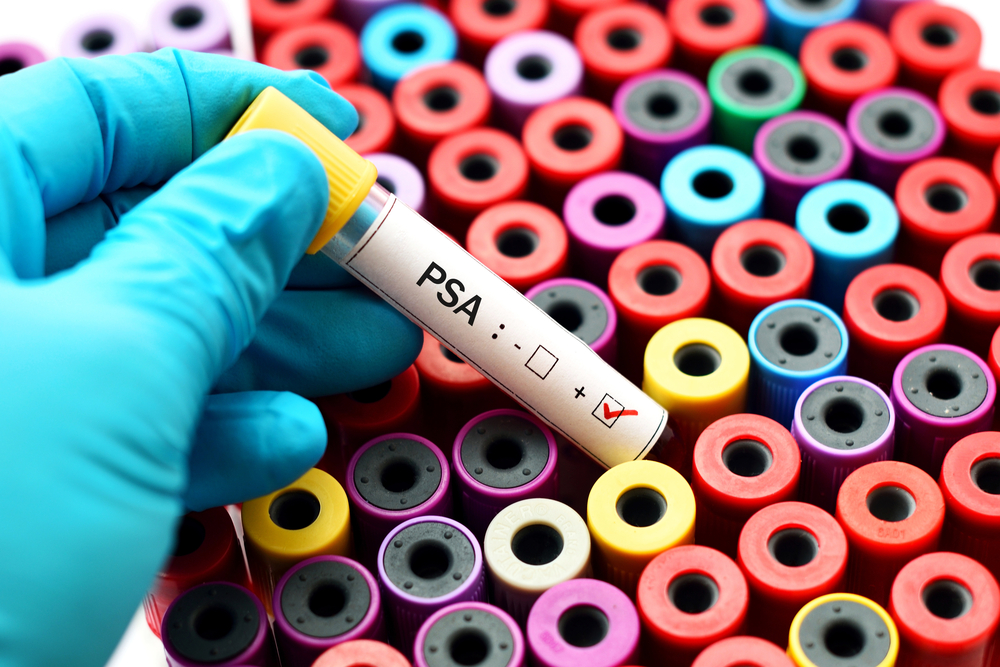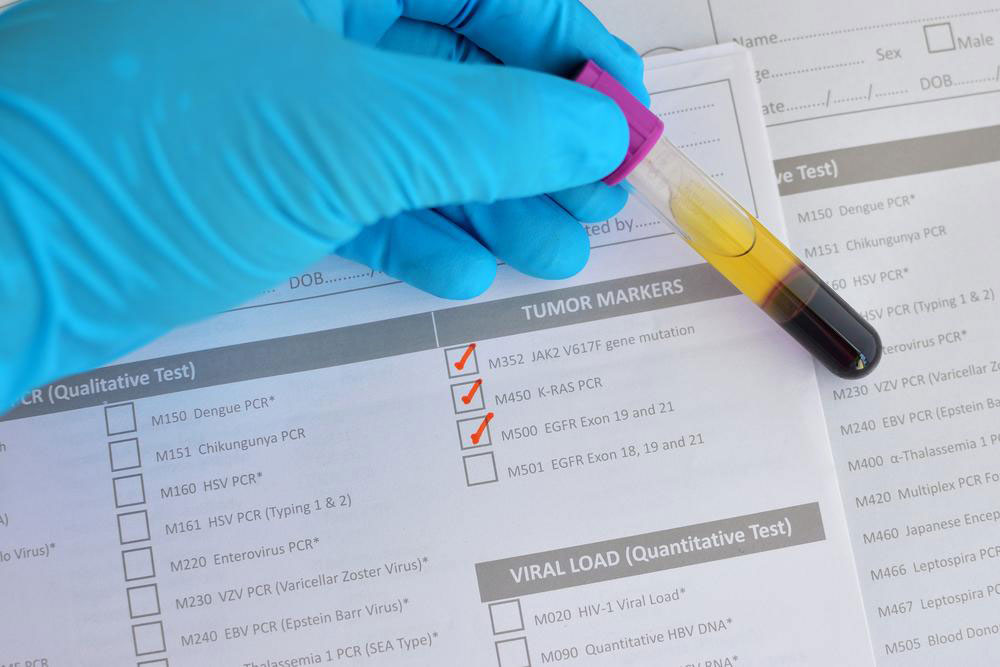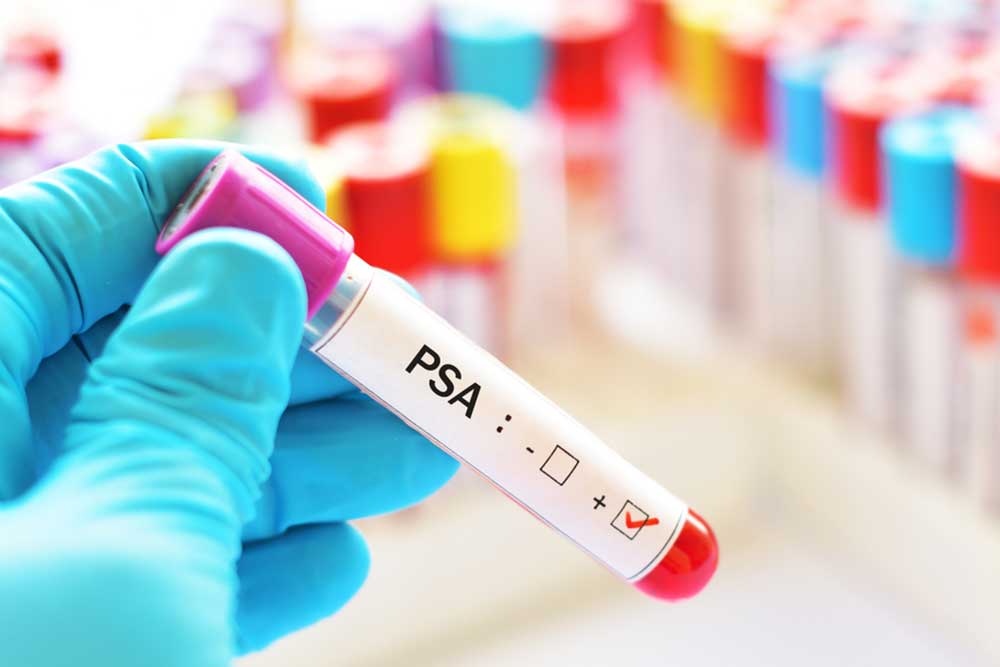Understanding Elevated PSA Levels: Causes, Significance, and How They Impact Prostate Health
This comprehensive article delves into the causes and significance of elevated PSA levels, highlighting the importance of prostate screening, proper diagnosis, and treatment strategies. It emphasizes the role of PSA testing in early prostate cancer detection and management, discusses when to seek testing, and provides insights into interpreting results accurately. Understanding these aspects can help men make informed health decisions and seek timely medical care, ultimately improving prostate health outcomes and reducing cancer-related risks.

Comprehensive Guide on Elevated PSA Levels and Their Clinical Importance
Prostate-specific antigen (PSA) is a protein produced exclusively by cells within the prostate gland, an essential organ in male reproductive health. Monitoring PSA levels through blood tests has become a cornerstone in detecting and managing prostate-related health issues, particularly prostate cancer. Since its introduction in 1986, PSA testing has revolutionized early detection efforts, enabling earlier intervention and better health outcomes for men worldwide.
Elevated PSA levels can serve as an early warning signal, but they are not definitive proof of cancer. Various benign conditions also lead to increased PSA concentrations, making it crucial for both healthcare providers and patients to understand what high PSA levels signify, how to interpret them accurately, and what subsequent steps are necessary for diagnosis and treatment planning.
What Does PSA Screening Involve?
The PSA blood test quantifies the level of prostate-specific antigen in the bloodstream, with results expressed in nanograms per milliliter (ng/mL). A higher concentration typically warrants further investigation.
Since approximately 1994, PSA testing combined with digital rectal examinations (DRE) has become a standard screening method for prostate cancer, especially for men at increased risk or exhibiting symptoms.
It’s important to recognize that elevated PSA can also be caused by benign prostatic conditions such as inflammation or enlarged prostate (BPH), which are non-cancerous but still affect PSA readings.
These benign issues include prostate enlargement and inflammations, which may influence PSA levels without indicating cancer. Men suffering from these conditions might develop prostate cancer later, but there isn't conclusive evidence linking benign prostatic hyperplasia directly to increased cancer risk.
Who Should Undergo PSA Screening?
Men aged 50 and above are generally advised to start annual PSA screening to monitor prostate health, with those at higher risk—such as men with a family history or of African descent—starting screening earlier, around ages 40-45.
Discussing the risks and benefits of PSA screening with a healthcare provider is vital, as false-positive results can lead to unnecessary worries or invasive procedures. Personalized recommendations help ensure screening is appropriate.
In many healthcare systems, including Medicare and private insurance plans, the costs associated with annual PSA testing are typically covered for eligible men, making early detection accessible and affordable.
PSA Monitoring During and After Prostate Cancer Treatment
After prostate cancer treatment, regular PSA measurements are crucial for detecting potential recurrence. Rising PSA levels post-therapy may indicate that the cancer has returned.
Continuous monitoring over time helps evaluate the effectiveness of treatments like surgery, radiation, or hormone therapy and identifies early signs of relapse or complications.
How to Interpret High PSA Results
For asymptomatic men or those without evident prostate issues, a high PSA level warrants confirmatory testing, including repeat PSA tests and digital rectal exams to rule out false positives.
If PSA levels persistently rise, or if physical examination reveals suspicious lumps or irregularities, additional diagnostics such as ultrasound, MRI, urine tests, cystoscopy, or even prostate biopsy may be necessary to confirm or exclude cancer.
Common Causes of Elevated PSA Levels
Age significantly influences PSA levels, which tend to increase naturally with aging. For men over 70, a PSA level of up to 6.5 ng/mL can still be considered typical.
Prostatitis, an inflammation of the prostate caused by bacterial infections, frequently affects men under 50, leading to temporary rises in PSA levels that can be effectively treated with antibiotics.
Medical procedures such as prostate biopsies or catheterizations can cause short-term increases in PSA, usually resolving within a few weeks.
Benign prostatic hyperplasia (BPH), or enlarged prostate, tends to cause higher PSA levels, though DRE can help differentiate BPH from malignant tumors.
Urinary tract infections also impact PSA readings; testing should ideally be performed after infection resolution for accurate assessment.
Understanding the causes of elevated PSA levels is vital for accurate interpretation and decision-making. Regular screenings and informed discussions with healthcare providers greatly enhance early detection efforts, improve treatment outcomes, and maintain overall prostate health for men across various age groups.





